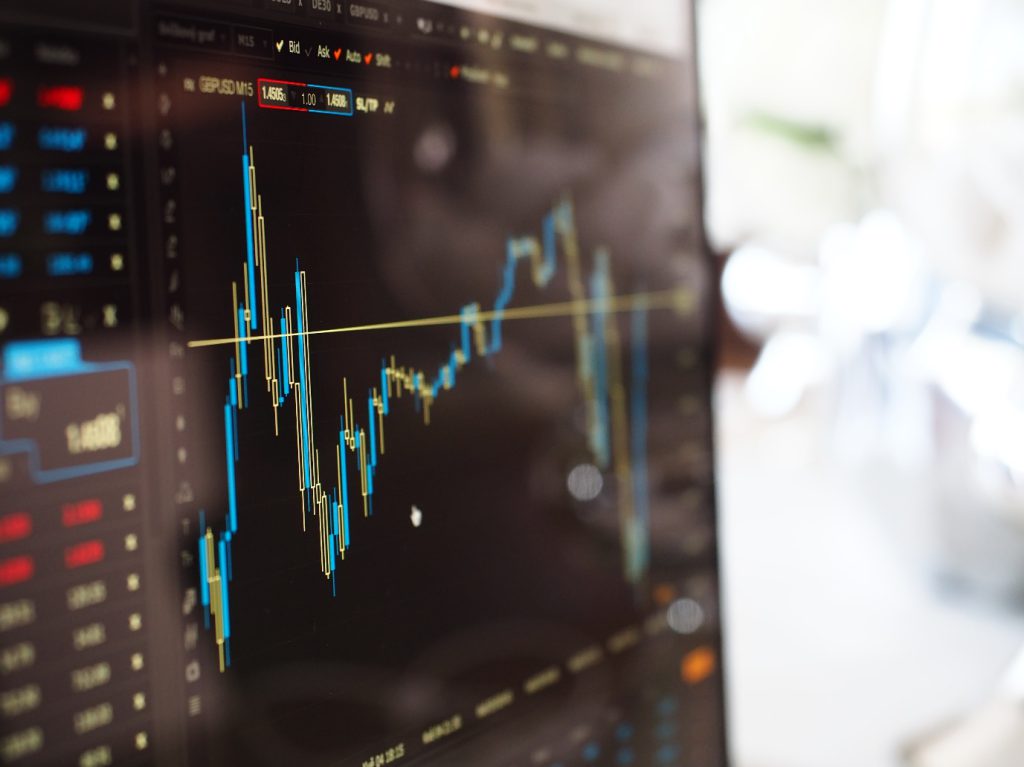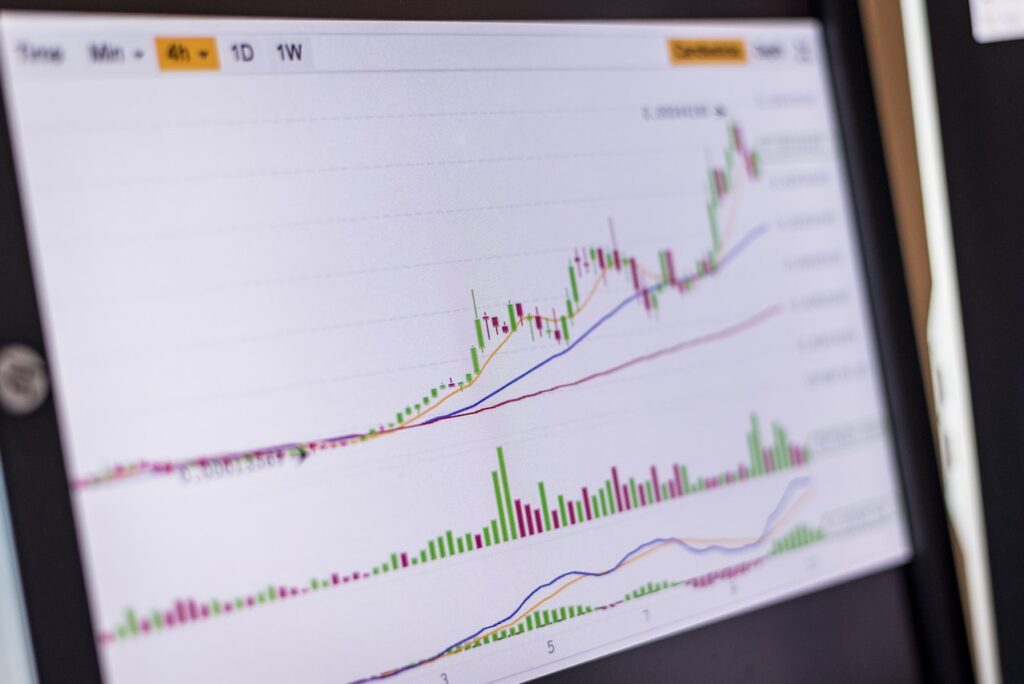A foreign exchange (“forex”) trader in Nigeria needs to see data that isn’t available on standard price charts. They use technical analysis tools to gain additional insight, and while references to these tools may appear to the uninitiated as gibberish, they are easy to understand once explained.
They typically use statistics, chart overlays, and technical indicators to assist forex traders in Nigeria make better trading decisions.
Best technical analysis tools for forex trading:
- RSI indicator
- MACD Indicator
- Bollinger Bands
- Autochartist
RSI Indicator

J. Welles Wilder created the Relative Strength Index (RSI), a momentum oscillator that measures the speed and change of price movements.
The RSI fluctuates between zero and one hundred.
When the RSI rises above 70, it is considered overbought, and when it falls below 30, it is considered oversold.
Divergences and failure swings can be used to generate signals.
The RSI can also be used to spot a broad trend.
The formula for calculating the relative strength index is as follows:
RSI = 100 – 100 / (1 + RS)
RS = Average Gain over a specified period/ Average loss over the same period
The relative Strength Index is set to 14 by default, but you can change it to reduce or increase sensitivity depending on your needs.
For example, 12-day RSI is more likely than a 24-day RSI to reach overbought or oversold levels.
MACD Indicator

The MACD (Moving Average Convergence Divergence) is a technical indicator that measures the relationship between exponential moving averages (EMA).
A MACD line (blue), a signal line (red), and a histogram (green) are displayed on the MACD, indicating the difference between the MACD line and the signal line.
The MACD line is the difference between two exponentially leveled moving averages, usually 12 and 26 periods, and the signal line is a 9-period exponentially smoothed average of the MACD line.
These MACD lines oscillate between zero and one.
This gives the MACD oscillator-like characteristics, with overbought and oversold signals above and below the zero-line.
The formula below breaks down the MACD’s various components to make it easier for traders to use.
MACD line: 12-Period EMA – 26-Period EMA
Signal line: 9-Period EMA
Histogram: Difference between MACD line and the signal line
The difference between the two moving average lines is plotted in the MACD histogram.
The histogram fluctuates in and around the MACD indicator’s zero designation.
The histogram will be positive if the MACD line is above the signal line.
When the MACD line is below the signal, the histogram will plot below zero as a negative value and vice versa.
A zero value on the histogram indicates that the two moving average lines have crossed, indicating buy/sell signals.
Bollinger Bands

Bollinger Bands are a type of price envelope created by John Bollinger. (The upper and lower price range levels are defined by price envelopes.)
Bollinger Bands are price envelopes drawn at a standard deviation level above and below the price’s simple moving average.
The bands adjust to volatility swings in the underlying price because their distance is based on standard deviation.
Period and Standard Deviations, StdDev, are the two parameters used by Bollinger Bands.
The default values for the period and standard deviations are 20 and 2, respectively, but you can change them.
Bollinger bands are used to determine whether prices in Nigeria are relatively high or low.
They’re used in pairs, with upper and lower bands, and with a moving average in between.
Furthermore, the pair of bands is not meant to be worn separately.
Use the pair to double-check signals generated by other indicators.
Below is the formula for the Bollinger bands:
BOLU = MA (TP, n) + m ∗ σ [TP, n]
BOLD = MA (TP, n) − m ∗ σ [TP, n]
Where:
BOLU = Upper Bollinger Band
BOLD = Lower Bollinger Band
MA = Moving average
TP (typical price) = (High + Low + Close) ÷ 3
n = Number of days in smoothing period (typically 20)
m = Number of standard deviations (typically 2)
σ [TP, n] = Standard Deviation over last n periods of TP
Autochartist

Autochartist is a program that uses technical indicators like Fibonacci retracements to identify chart patterns.
It continuously monitors the markets in Nigeria, alerting you to trading opportunities in real-time.
The features of Autochartist are designed to identify patterns in charts, with the main benefit being the real-time market insights it provides.
Autochartist keeps a constant eye on the markets for you and sends you price alerts whenever a new opportunity arises.
Its software is built to help you find trading opportunities in Nigeria based on support and resistance levels.
Support and resistance levels are the foundations of technical analysis, and they can be used to create a variety of profitable trading strategies for Nigerians.
This is because support and resistance act as glass floors and ceilings, limiting the range of movement in a market.
The balance between buyers and sellers, or demand and supply, is what causes these levels to appear.
When demand outnumbers supply, the price will rise. When there is more supply than demand, however, the price drops.








Facebook Comments